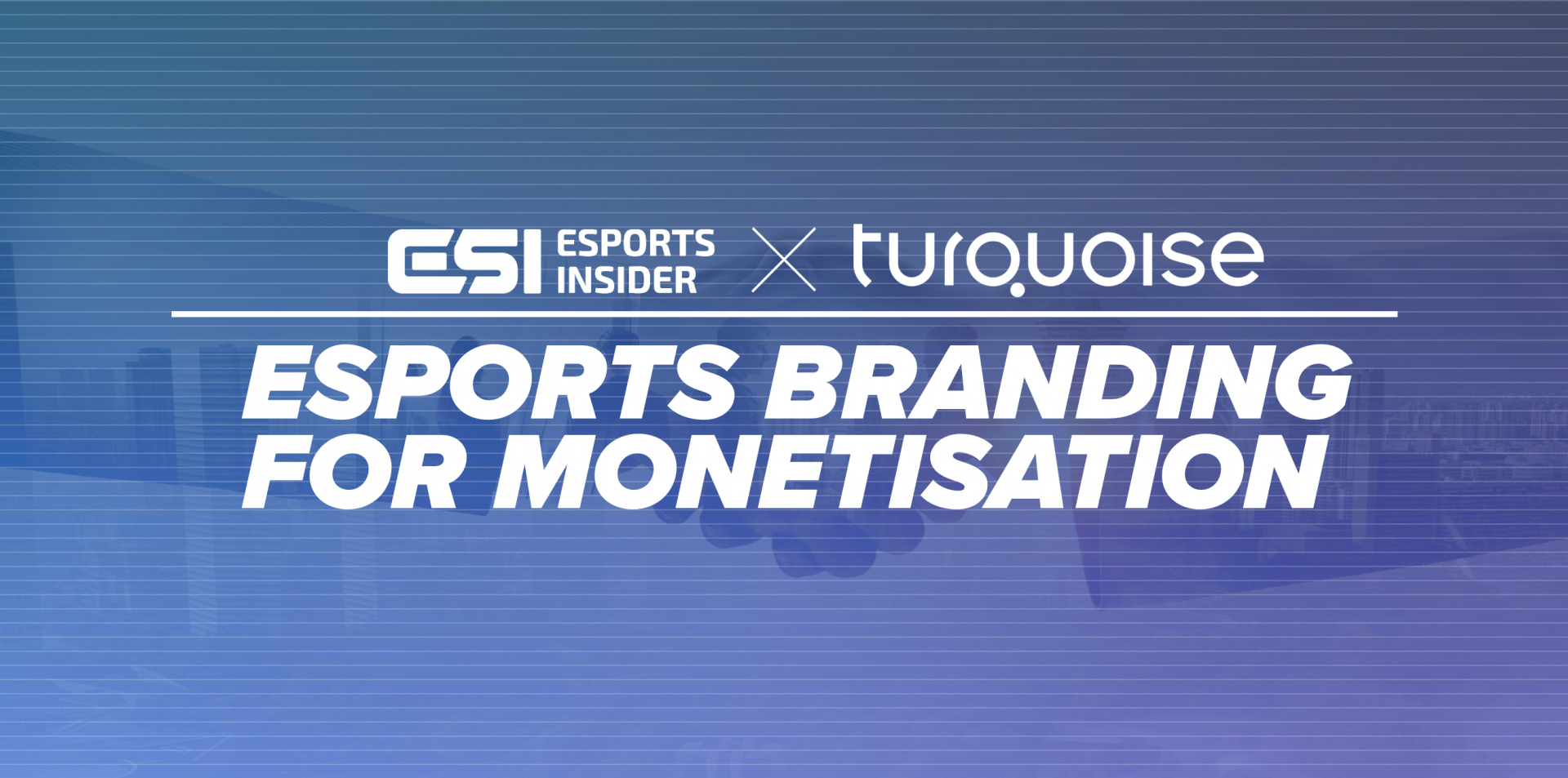
We conclude our article series with London-based agency Turquoise Branding, centred around branding in esports.
For those who are unaware, Turquoise has helped with the branding of projects such as UEFA Europa League and newly forged UEFA Europa Conference League, game developer MY.GAMES’s consolidatory rebrand, and Channel 4’s reality show hit The Circle.
Esports Insider sat down with Gareth Mapp and Linda Garcia-Bowles, Creative and Client Partners of Turquoise Branding, respectively, to hear from their experiences in the branding industry and what esports can learn from other industries.
Losing a brand in the forest
In the 90s, ‘swooshes’ were everywhere in branding, the pair recalled. The world was connecting in novel ways thanks to advances in broadband and satellite technologies. Consumers had plenty of options to choose from, but each brand was promising the same things.
Thirty years ago, ‘swooshes’ — not to be confused with Nike’s singular ‘swoosh’ — were a branding shorthand meant to convey speed, global reach, and communication. Swooshes in branding were orbits, wifi signal-like curves, or satellite beams.‘Swooshes’ had become a ‘thing’ and it felt like every broadband or satellite company leaned on it.
Whatever effectiveness the symbols may have had was worn thin from overuse and quickly descended into cliche. “They were all much of a muchness, weren’t they?” Garcia-Bowles recalled.
Turquoise believes that branding shouldn’t be trite. “Good branding comes down to clear storytelling. A swoosh is just a swoosh,” said Mapp.
RELATED: Turquoise: New colour in esports branding
Sponsorships and partnerships are fundamental to the entire esports industry, begging the question: what brand is looking to position itself in the esports next to the esports equivalent of a ‘swooshes’ brand?
Turquoise sees strong branding as integral to success in the sector.
Impending partnership and constant collaboration in the esports industry has created curious requirements for effective branding. Esports brands must not only be hyper-relevant on the B2C side, but also be able to play nice with other brands — both endemic and non-endemic — for B2B operations.
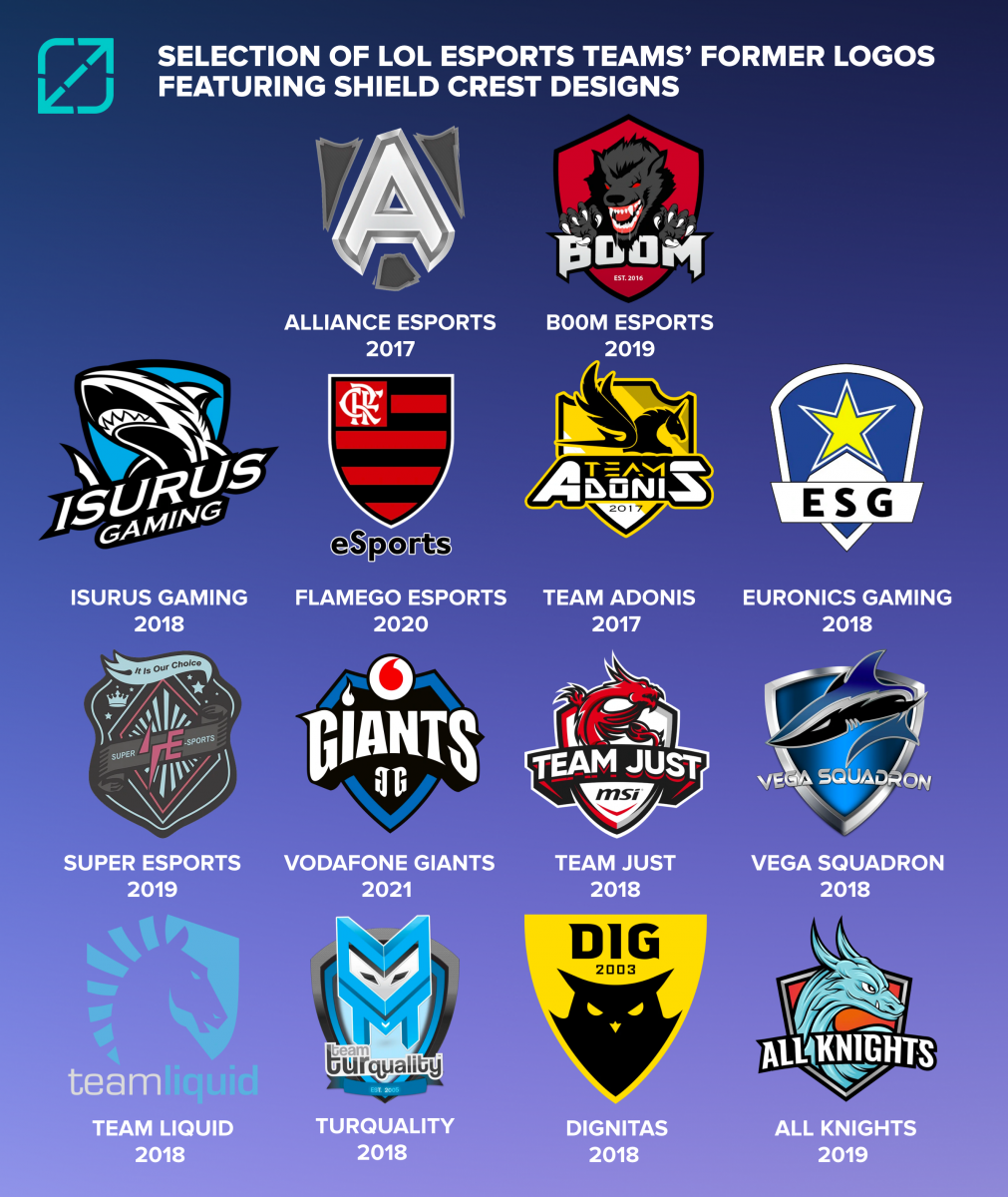
Brands must walk a line between safe, professional communication and audience interaction and be approachable enough to attract newcomers. Attracting cooperation and support from legacy brands outside the industry is yet another variable for companies to consider.
Turquoise believes that branding can help with that.
The speed that the industry develops adds extra difficulty. The constant state of flux creates an environment for brands and business models to be hyper-adaptable. Yesteryear’s esports branding likely couldn’t support today’s new directions that companies have stretched to pursue monetisation — especially considering the number the pandemic did on the industry’s events sector.
The waves of change
Mapp and Garcia-Bowles suggest that the waves of prominent esports rebrands this year could be a sign that the market is maturing. Companies seem to have stabilised brand footing to sustain growth in new areas and appeal to a wider array of partners. It also may indicate that we’re entering a new phase of esports branding: one of sustainability.
One of the most recent esports rebrands, FlyQuest, caught the attention of the agency. “It doesn’t feel like an ‘esports’ brand at all,” commented Garcia-Bowles. The environmental signalling has been widely commented on across the community, which — as is the case with most esports rebrands — has been controversial.
RELATED: FlyQuest unveils rebranding ahead of LCS Summer Split
“They’ve made a stand to not only be different from their competitors in terms of composition,” Mapp said, “but also made their branding contribute to environmental awareness.”
Given the brand’s ‘showcase greatness’ motto and CEO Tricia Sugita’s approach to running the org — FlyQuest’s new branding clearly tells the story of what the company stands for. Support for the org and brand equals support for its initiatives in making an impact.
Brands partnering with FlyQuest aren’t just partnering with an org with an LCS franchise roster — partnership becomes a show of alignment between brands and the promise of the org’s brand messaging.
The strong branding stance by FlyQuest means that partnering brands should stand with the org, not just add a logo to its jersey.
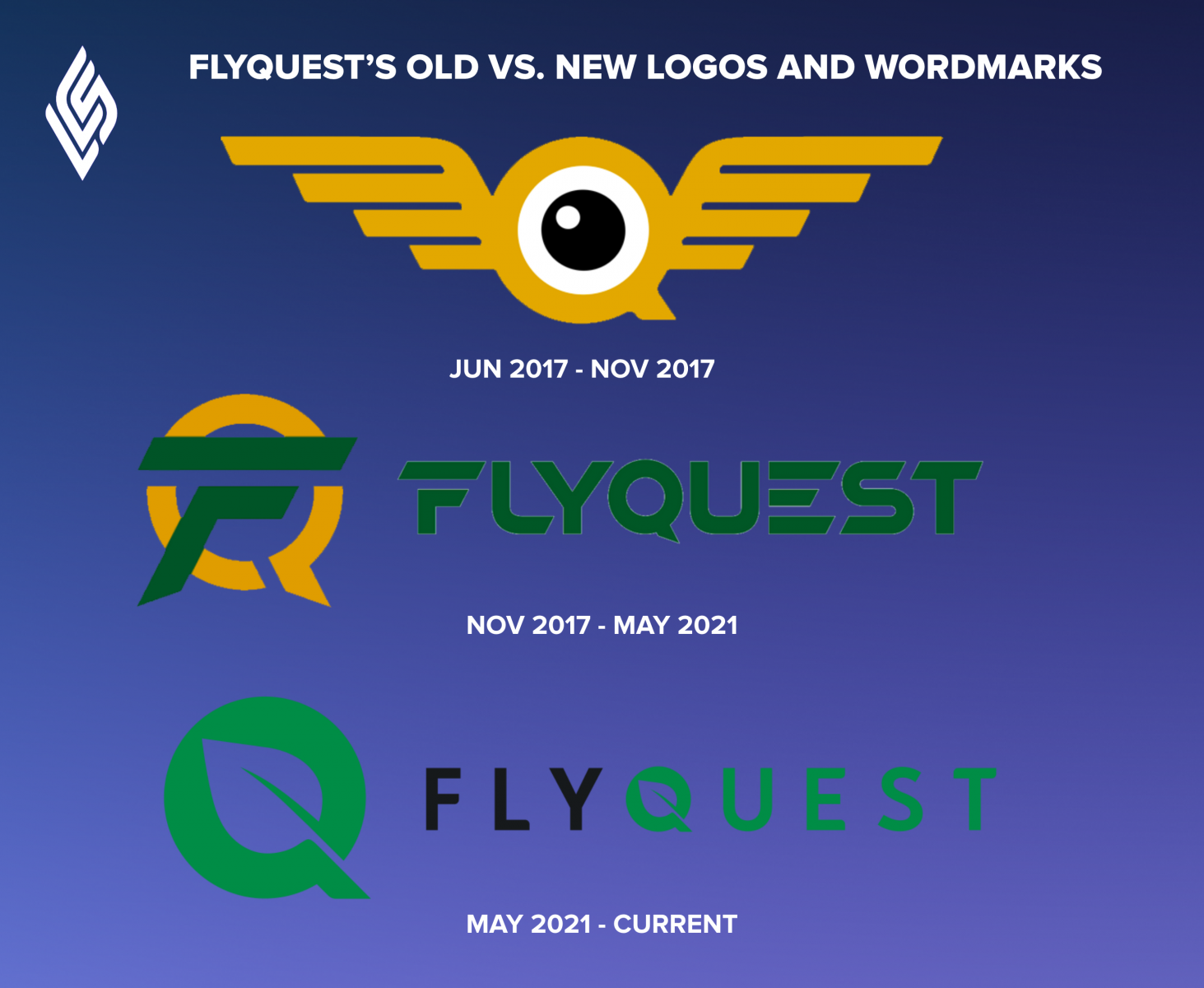
Strength follows strength
Turquoise is convinced that strong branding can help meaningfully gauge impact. More than staying on top of the apparel trends and releasing merchandise in a seasonal capacity. Brands like 100 Thieves have defined esports merchandise success through limited drops and capsule schemes.
The rationale behind the high-price apparel purchases, stimulated by their limited quantities, is the prospect of owning a piece of the iconic brand. 100 Thieves, while competing in several esports titles, has chosen to dial-up other branding aspects rather than focussing on the esports aspect.
As a result, 100 Thieves’s brand partnerships are wildly varied and interactions with those companies are not limited to watching its rosters play. The org can offer unique branded content to fans and partners because of the non-competitive aspects it has pushed forth.
RELATED: The core principles of branding applied to esports: Turquoise
While both FlyQuest and 100 Thieves are based out of L.A. and both compete in the LCS — their unique branding and partnerships reflect the impact these choices have on the direction of each org.
More than just a way into the scene or access to the esports audience, potential partners care about brand fit. Noticing partner logos on a jersey or at the bottom of a company’s homepage can sometimes paint curious pictures of what an esports brand represents.
Many times, there’s not much that can be done there, as Mapp alludes to, some discrepancies should be expected. “Sometimes we look at brands we’ve developed and then see their sponsor organisations and think … an interesting choice, but that’s business,” he said.
Brand sponsorship deals are an industry staple, but they are just one aspect of contemporary esports revenue schemes. Thus companies must make brand decisions to support ‘non-esports’ aspects of businesses that are vital for the operations, such as agencies or content.
Clear, understandable structures
Esports companies have diversified their operations, been acquired by or created parent companies, and established hierarchy between brand echelons. The industry today is significantly different than just five years ago — branding practices reflect that.
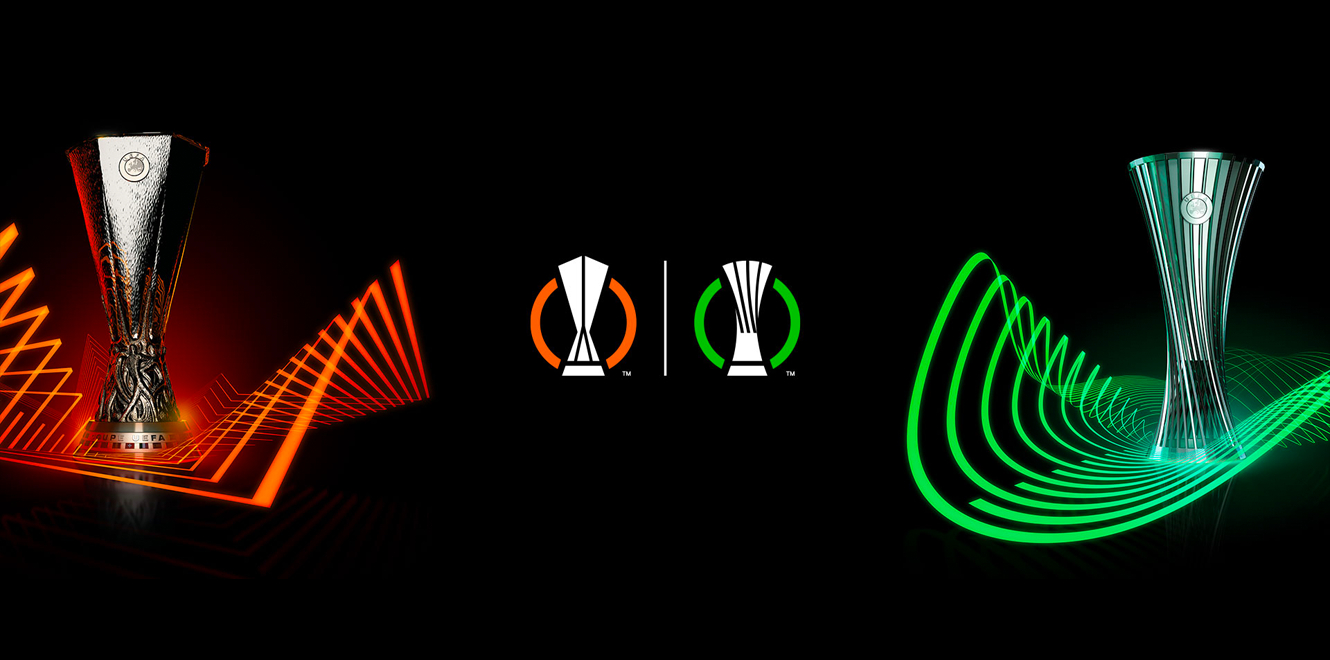
Last month, UEFA unveiled the branding for the newly formed UEFA Europa Conference League, which Turquoise was tapped to execute. UEFA’s strategy to create a third-tier competition which had to be played on the same night as the Europa League due to programming limitations, informed the naming conventions and ultimately the associated branding.
The group elaborated on their previous work with the UEFA Europa League to expand the energy wave and trophy focus into the newly created league.
“UEFA’s branding, the Europa League’s branding — it’s one identity with a shared DNA, I call it,” Mapp said. “Each brand has its own individual look yet they can work together.”
RELATED: Turquoise: Branding strategies for esports leagues
The concept around the Europa League branding is strong enough to support deviations from the parent brand. The agency created a strong brand precedent first, and once expanded upon, truly showcases its strength. A stage of esports branding may be soon approaching.
So far, orgs like Guild Esports branding conventions lend themselves to reflect the difference between tiers in the business, in Guild’s case, the professional and academy tiers. Its strong branding allows the Academy sub-brand to elaborate on the professional quality defined by the org.
Guild’s clear retro brand aesthetic gives the company many options for branding new ventures — segmenting its businesses and audiences clearly with each new extension; these are easily understandable thanks to the clarity of its branding, explained Mapp.
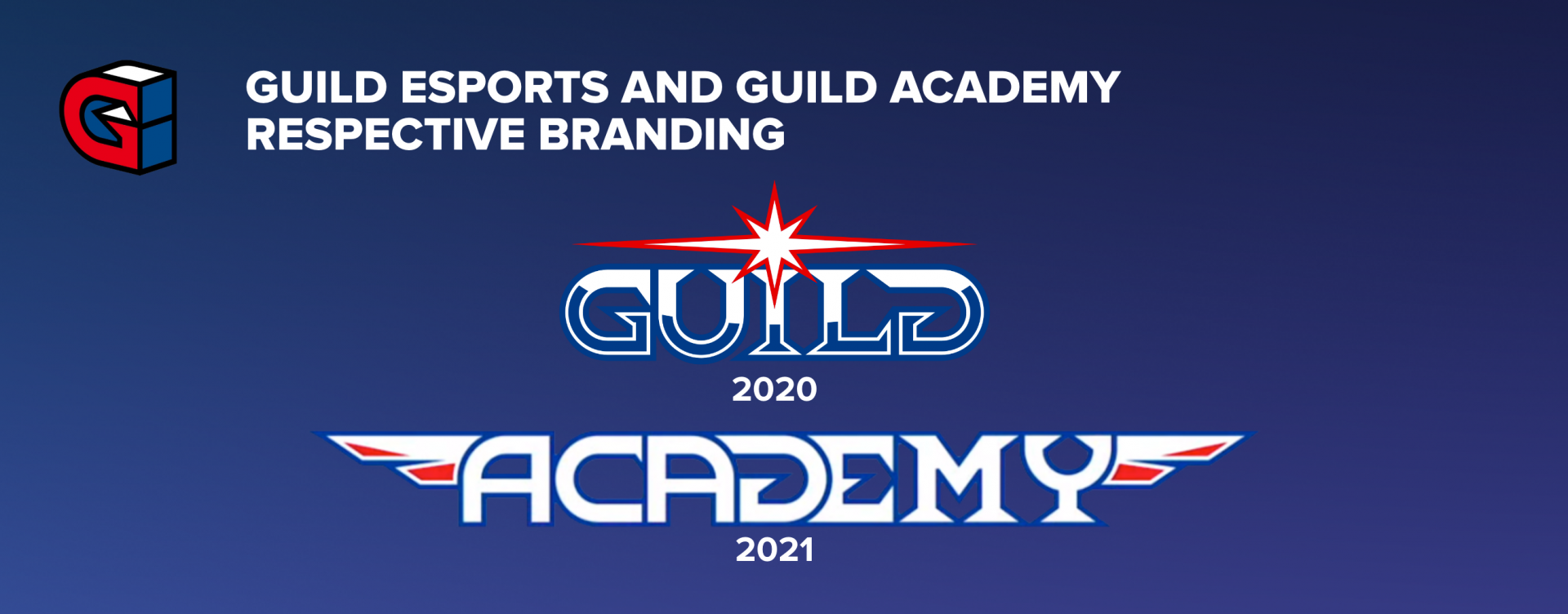
Esports businesses will continue to layer and something must be done if the strength of the brand cannot support these layers. This may be indicative of the aforementioned high-profile rebrands lately, rebranding to reflect restructuring.
Previously, brands in esports might have been perceived as too ‘gamery’ or ‘esportsy’ for those outside of the scene. A non-endemic that suddenly wears gaming quite literally on its sleeve wouldn’t be seen as authentic, commented Garcia-Bowles The industry still struggles with a definition of what a ‘real gamer’ is.
The industry has always had brands that are light on the ‘esports’ and ‘gamer’ aspects of branding that instead focus on other personalities. An ‘all-esports-all-the-time’ brand doesn’t offer the adaptability necessary by the industry because it’s a one-way road and the market favours options.
Brand strength can be determined by a number of factors. Turquoise specialises in brand architecture strategy, organising options as to where the branding can develop to support new ventures or acquisitions. The esports industry is unpredictable, but a solid strategy and strong branding practices can help sustain organisations and resist rebranding cycles so common in the sector.
The ‘swoosh’ phase of esports may not yet be behind us, but brands have matured and the awareness of the industry continues to grow. As more players enter the space, and as companies continue to segment and converge to pursue sustainability and a purpose, branding will be what helps consumers make sense of it all. Wins and content will continue to attract other brands and fans, but the branding will be what everyone wants a piece of.
Created in collaboration with Turquoise Branding

